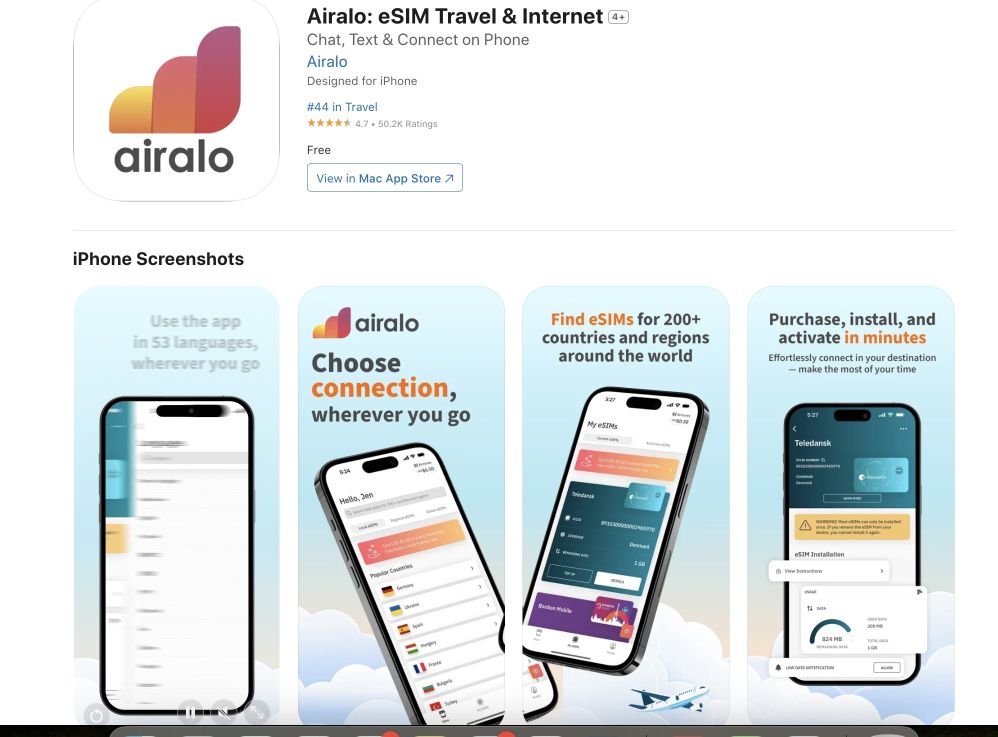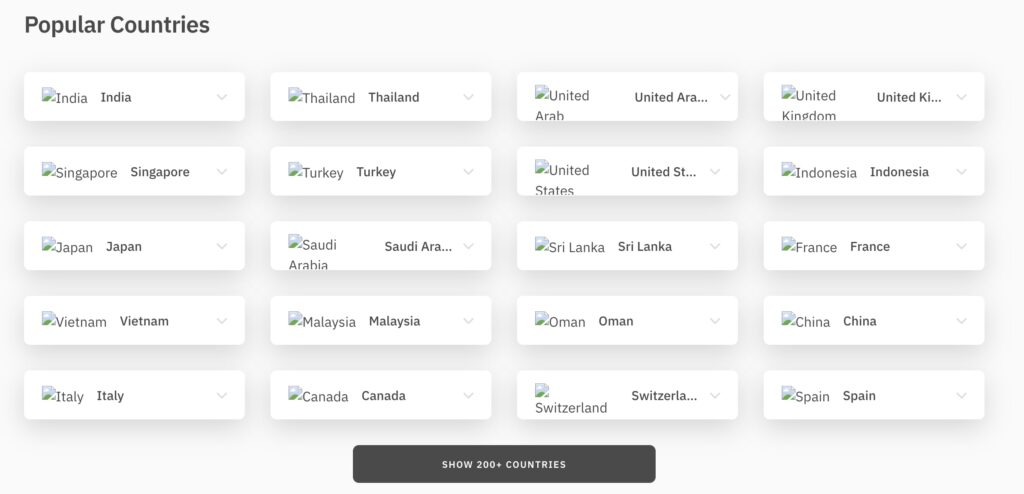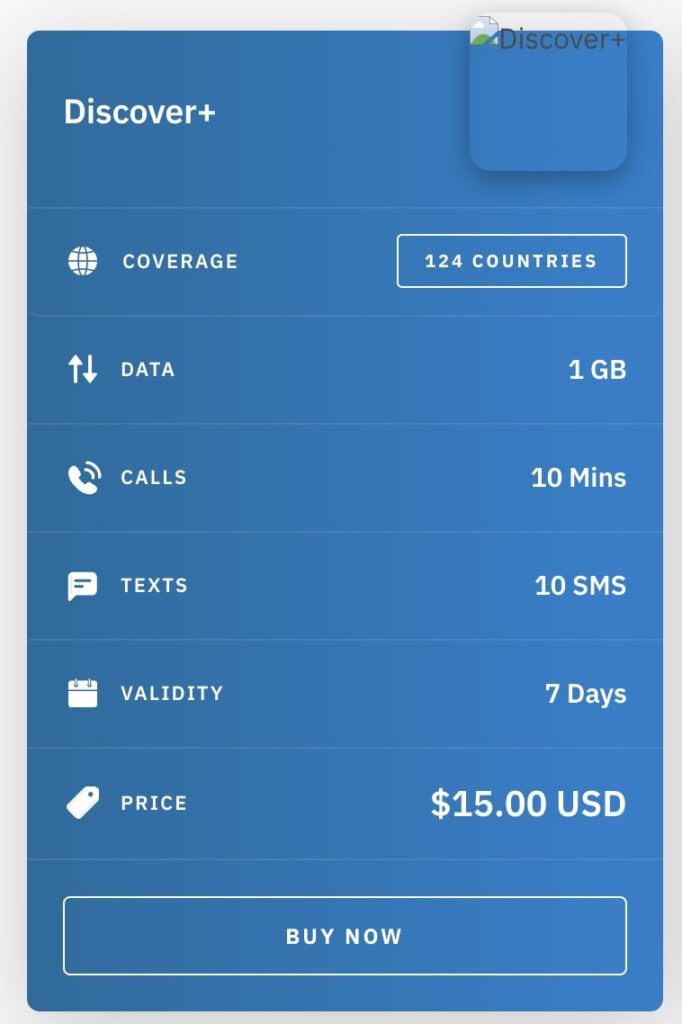eSIM vs. Physical SIM: Which is Better for International Travel?: When planning an international trip, most travelers often prioritize staying connected to the internet.
Whether you want to navigate unfamiliar streets, keep in touch with family and friends, or share your travel adventures on social media, having access to reliable mobile data is essential. Traditionally, travelers have relied on physical SIM cards to stay connected abroad.
However, with the advent of eSIM technology, there’s a new contender in the arena of mobile connectivity.
In this blog post, we’ll explore the differences between eSIM and physical SIM cards for international travel, weighing their pros and cons to help you decide which option is best for your next adventure.
What is an eSIM?
An eSIM, or embedded SIM, is a digital SIM that allows you to activate a cellular plan from a carrier without needing a physical SIM card.
eSIMs are built into devices, such as smartphones, tablets, and smartwatches, and can store multiple cellular profiles, making it easier to switch between different networks without swapping out cards.
What is a Physical SIM?
A physical SIM (Subscriber Identity Module) card is a small, removable chip you insert into your phone to connect to a mobile network.
It stores your unique mobile subscriber identity and other necessary data, allowing your device to connect to your carrier’s network.
eSIM vs. Physical SIM for International Travel: A Comparison
| Feature | eSIM | Physical SIM |
| Activation | Remotely activated via QR code or digital download | Requires physical insertion and manual activation |
| Convenience | No need to physically swap SIM cards | Requires physical handling and potential for loss |
| Multiple Profiles | Can store multiple eSIM profiles on a single device | Limited to one profile per SIM slot |
| Device Compatibility | Limited to eSIM-compatible devices | Compatible with most smartphones and devices |
| Availability | Growing availability, but not universally supported | Widely available in most regions |
| Cost | Often pre-purchased online, can be more expensive | Can be purchased locally, often cheaper |
| Security | Less susceptible to physical loss or damage | Can be physically lost or damaged |
| Flexibility | Easy to switch between profiles, ideal for frequent travelers | Requires physical swapping, less flexible |
Now that we have a basic understanding of what eSIMs and physical SIMs are, let’s compare them based on several key factors to determine which is better for international travel.
eSIM vs Physical SIM Coverage and Network Availability
Physical SIM: When you purchase a local SIM card, you’re generally assured of good network coverage in that country, as you’re using a domestic provider.
However, the quality and speed of the network can vary greatly depending on the carrier and location.
eSIM: eSIMs offer similar coverage as physical SIMs because they connect to the same networks. However, with an eSIM, you can often choose from multiple carriers, which may give you better options if one carrier’s coverage is weak in a particular area.
Furthermore, regional eSIMs allow you to move between countries without losing connectivity, which is not possible with a local SIM.
Why Choose Airalo eSIM for Your Next Trip?

If you’re convinced that an eSIM is the way to go for your international travel, consider Airalo your eSIM provider.
Airalo is one of the leading eSIM providers, offering travelers a wide range of affordable and flexible data plans.
Here are some reasons to choose Airalo eSIM for your next adventure:
Comprehensive Coverage: Airalo offers eSIMs that work in over 200 countries and regions, providing extensive coverage no matter where your travels take you.

Affordable Plans: Airalo provides various data plans to suit different needs and budgets, from short-term plans for a quick getaway to long-term options for extended stays.

Easy to Use: With Airalo, you can purchase and activate an eSIM directly from their app or website. The process is quick and straightforward and can be done anywhere worldwide.
No More SIM Swapping: Say goodbye to the hassle of switching SIM cards in each new country. With Airalo, you can use one eSIM for multiple destinations, making it an excellent choice for multi-country trips.
Excellent Customer Support: Airalo’s customer support team is available 24/7 to assist with any questions or issues, ensuring a smooth and hassle-free experience.
Conclusion
When choosing between eSIM and physical SIM cards for international travel, eSIMs offer several advantages, including convenience, cost savings, flexibility, and enhanced security.
While physical SIM cards still exist, especially in regions where eSIM technology is less prevalent, eSIMs quickly become the preferred choice for modern travelers.
If you’re planning an international trip and want to stay connected with minimal hassle, consider trying an eSIM. With providers like Airalo offering a wide range of affordable and easy-to-use eSIM options, you can focus on enjoying your travels without worrying about staying connected.
So, next time you pack your bags for an adventure abroad, remember that staying connected is easier than ever with an eSIM from Airalo. Happy travels.
FAQs.
How do eSIMs work for international travel?
When you travel abroad, you can purchase an eSIM data plan from a local carrier or an international eSIM provider like Airalo.
Once the eSIM plan is activated, it allows your device to connect to local networks in the destination country, providing you with mobile data, and sometimes even voice and text services.
This not only eliminates the hassle of finding a physical SIM card upon arrival but also ensures seamless connectivity across different countries without changing SIM cards.
How to get an eSIM card for international travel?
Choose an eSIM Provider: Take control of your international connectivity. Select a provider that offers international eSIM plans. Airalo is a popular choice that provides eSIMs for various destinations worldwide.
Purchase an eSIM Plan: Enjoy a hassle-free experience. Visit the eSIM provider’s website or app, select your travel destination, and choose a suitable data plan based on your needs. Complete the purchase online.
Activate the eSIM: After purchasing, you will receive a QR code or instructions on activating the eSIM on your device. Follow these instructions to add the eSIM profile to your device’s eSIM manager in settings.
Connect to a Network: Once activated, your device will automatically connect to the local network in your destination, allowing you to use mobile data and other services as per the plan you purchased.